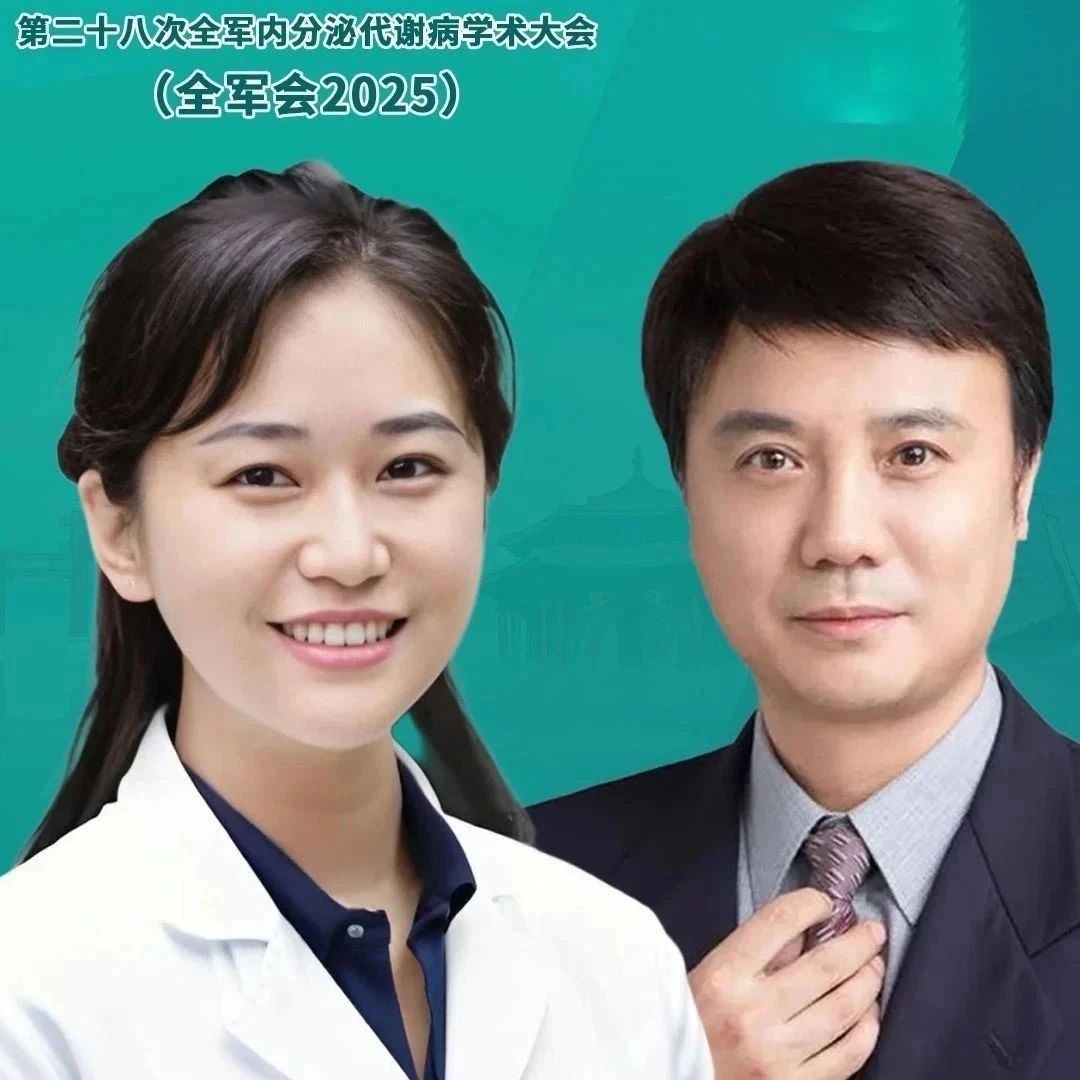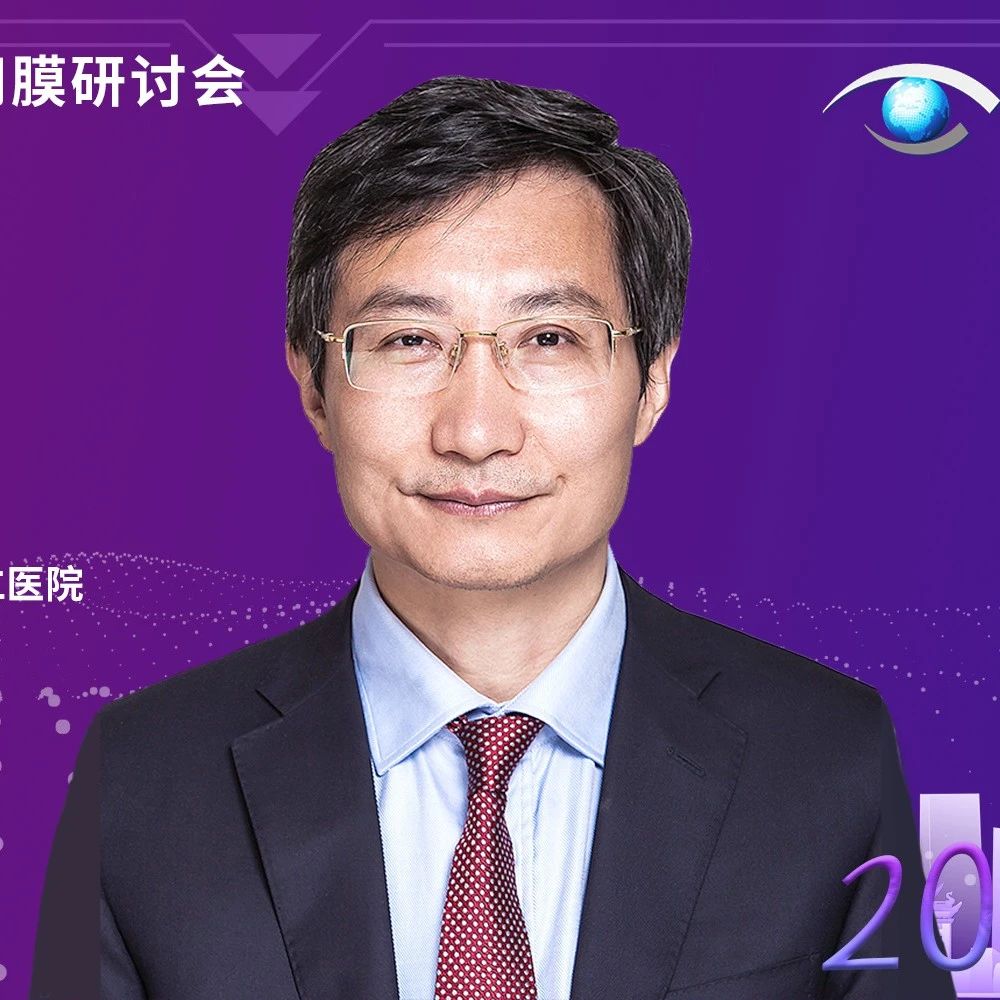前言:眼部受到外伤后,异物进入并存留于眼球内称为眼内异物伤。在开放性眼外伤中,眼内异物(intraocular foreign body) 的发生率较高 (16%-40%)。眼内异物伤既包括异物进入眼内时所造成的机械性损伤,又涉及异物存留引起的一系列并发症。视力损伤程度与眼内异物伤机制、异物种类、眼内损伤部位、异物所致并发症等诸多因素有关。因此,眼内异物伤治疗应包括眼内异物取出及并发症处理。在第43届美国视网膜专家学会(ASRS 2025)年会上,佛罗里达大学眼健康中心陈晶华教授发表了关于1期与2期眼内异物取出和开放眼球修复术后的视力恢复的差异,为眼外伤异物手术时机的选择提供了更多的临床依据。
《国际眼科时讯》:根据您的研究,1期与2期眼内异物取出和开放眼球修复术后的视力恢复有什么差异?
在我们的多中心病例回顾研究中,我们评估了一期和二期眼内异物取出术的结果。当包括黄斑损伤病例时,与二期异物取出相比,一期取出术显示出更优的视力预后。二期手术病例更常并发玻璃体出血、巩膜裂伤或黄斑瘢痕形成,这些并发症均可能对最终视力产生负面影响。然而,当排除黄斑损伤病例后,一期与二期取出术的视力预后无显著差异。
In our original study, we evaluated stage one and stage two intraocular foreign body removals. When cases with macular injury are included, stage one removal is associated with better visual outcomes compared to stage two removal. Stage two procedures are more often complicated by vitreous hemorrhage, scleral laceration, or macular scarring, all of which can negatively impact final vision. However, when cases with macular injury are excluded, there is no significant difference in visual outcomes between stage one and stage two removal.
《国际眼科时讯》:影响这类患者术后视力恢复的因素主要有哪些?
影响最终视力预后的因素众多,包括既有黄斑损伤、黄斑瘢痕、玻璃体积血、巩膜裂伤以及前房积血。例如,部分患者因眼内异物相关并发症需接受二期手术,此类患者通常视力预后更差。
There are many factors that affect the final visual outcome, including preexisting macular injury, macular scarring, vitreous hemorrhage, scleral laceration, and hyphema. For example, some patients require a two-stage surgery due to complications associated with intraocular foreign bodies, and these patients generally have poorer visual outcomes.
《国际眼科时讯》:开放性眼外伤患者手术时机的选择有什么争议,您怎么看待?
从理论上讲,一期手术应能获得更好的预后,因为等待时间越长,患者眼部发生并发症的风险越高。例如,眼内异物可能引发感染、眼内炎、视网膜脱离、玻璃体积血、白内障等。
然而,实施一期手术并非总是可行的。若患者全身状况不稳定、角膜严重混浊、存在白内障或大量玻璃体积血,则无法进行一期异物取出。待患者全身状况稳定、角膜透明度恢复且炎症、感染得到控制后,应尽快实施二期手术完成眼内异物清除。本研究显示,受伤至首次手术的平均间隔时间仅1天,但受伤至实际异物取出的平均时间约为3天。
Theoretically, stage one surgery should result in better outcomes, because the longer we wait, the greater the risk of complications in the patient’s eye. An intraocular foreign body, for example, can lead to infection, endophthalmitis, retinal detachment, vitreous hemorrhage, cataract, or intraocular inflammation.
However, performing a one-stage surgery is not always feasible. For instance, if the patient is not in a stable systemic condition, or if the cornea is severely cloudy, if a cataract is present, or if there is massive vitreous hemorrhage, then a single-stage removal may not be possible. In such cases, once the patient’s systemic condition has stabilized, the cornea has cleared, and the inflammation is controlled, a second surgery should be performed as soon as possible to remove the intraocular foreign body. In our study, the mean interval between injury and the first surgery was only one day. However, the average time from injury to actual foreign body removal was approximately three days.
《国际眼科时讯》:此次参加ASRS会议,您关注了哪些主题?有什么收获?
对我而言,最令人印象深刻的报告之一是首个关于人工晶状体囊膜的专题。我认为这是项非同反响的发明。通常情况下,若患者晶状体囊膜不完整,我们需要采用Yamane技术建立巩膜隧道固定人工晶状体,或用缝线固定型人工晶状体。然而,该囊膜植入技术的问世,理论上可使我们将任何类型的人工晶状体置入眼内。我认为这是重大技术进步,这也是诸多优秀报告中颇具代表性的一例。
另一个典型案例是关于早产儿的报告。研究表明,这类患者接受白内障手术后发生视网膜脱离的风险显著升高。
还有一场有趣的报告探讨了一眼视网膜脱离术后,对另一眼的视网膜变性及破孔的处理。该研究建议,若高度近视患者的对侧眼存在格子样变性或视网膜裂孔,应考虑进行预防性激光治疗。数据显示,每治疗3至6例患者即可预防1例视网膜脱离的发生,我认为这是项卓越的研究成果。
For me, one of the most impressive presentations was the first report on the artificial lens capsule. I think this is a remarkable invention. Typically, if the patient does not have an intact capsule, we need to use the Yamane technique to create a scleral tunnel for lens fixation, or alternatively implant a sutured lens. With the introduction of this capsule implantation, however, we can theoretically place any type of lens into the eye. I think this is an excellent advancement, and it was one of several outstanding presentations. Another interesting presentation was the study on premature infants. It showed that following cataract surgery, these patients are at a higher risk of developing retinal detachment.
There was also another interesting presentation, I believe from yesterday, about the management of the fellow eye after retinal detachment surgery. The study suggested that if the fellow eye has lattice degeneration or a retinal hole, prophylactic laser treatment should be considered in high myopic patients. The data showed that for every three to six patients treated, one retinal detachment could be prevented. I think that is an excellent study.
声明:本文仅供医疗卫生专业人士了解最新医药资讯参考使用,不代表本平台观点。该等信息不能以任何方式取代专业的医疗指导,也不应被视为诊疗建议,如果该信息被用于资讯以外的目的,本站及作者不承担相关责任。
2 comments







 京公网安备 11010502033360号
京公网安备 11010502033360号
条评论
Linda Gareth
2015年3月6日, 下午2:51Donec ipsum diam, pretium maecenas mollis dapibus risus. Nullam tindun pulvinar at interdum eget, suscipit eget felis. Pellentesque est faucibus tincidunt risus id interdum primis orci cubilla gravida.